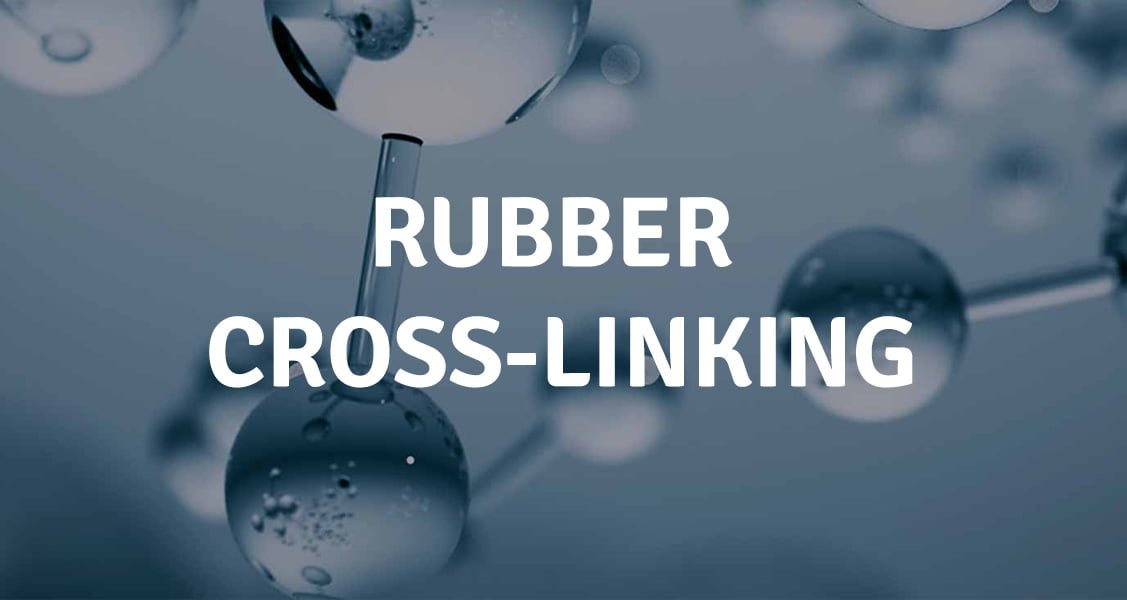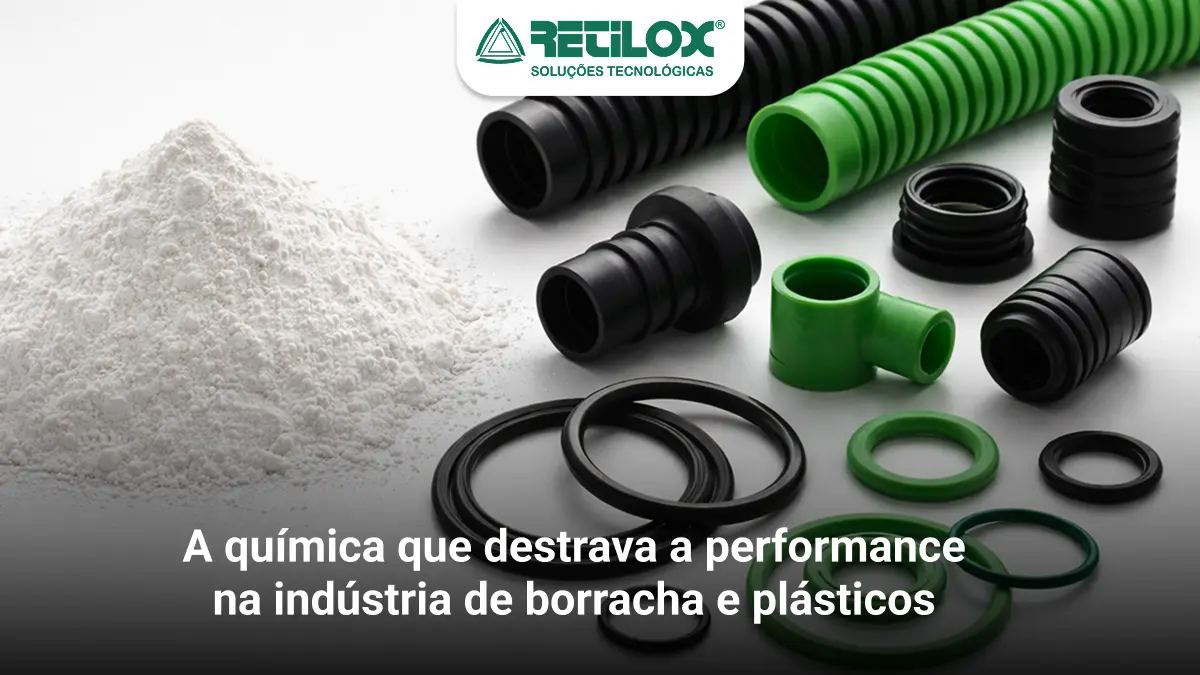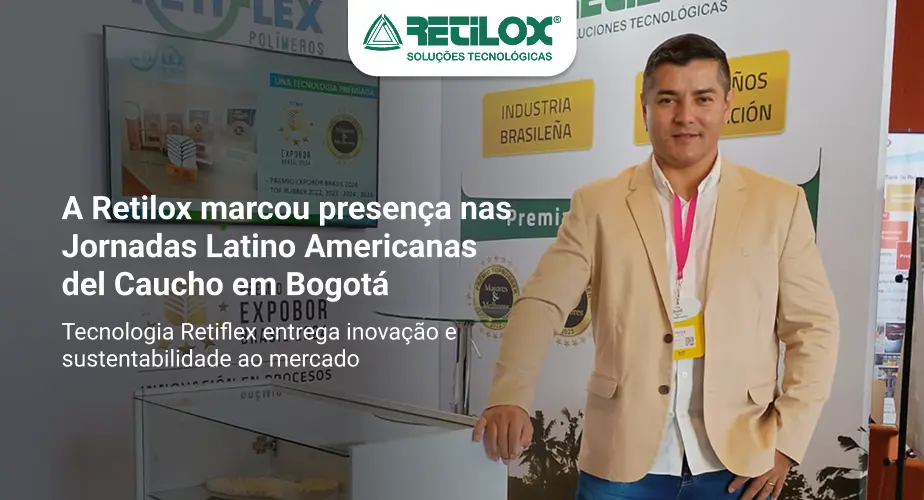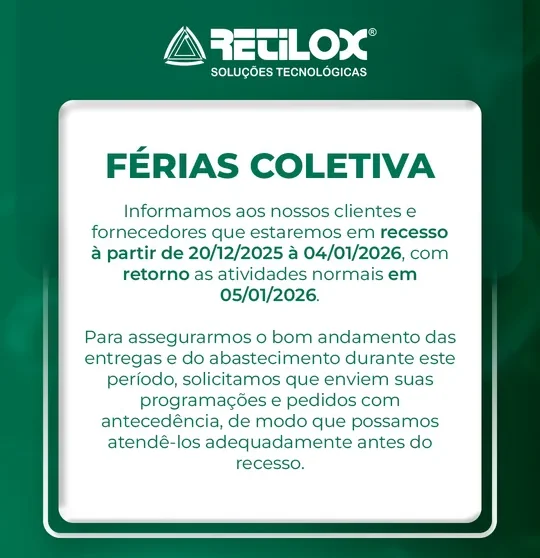RUBBER CROSS-LINKING – The use of an organic peroxide as a rubber cross-linking agent was reported for the first time by Ostromislenski in 1915. In this experimental study, dibenzoyl peroxide, which at the time, was used in the treatment of flour, was used in the vulcanization of natural rubber. This new method had its limitations because of its vulcanization process with low heat resistance.
In the early 50s, with the advent of dicumyl peroxide and its effective commercialization, it began to be used in the cross-linking of silicone rubber and saturated polymers like EPM, silicone and some polyolefins (polyethylene).
The constant evolution in R&D on cross-linking via peroxides allowed a rapid expansion in the use of organic peroxides in the most diverse polymers and temperature ranges.
Learn more about our special peroxide line and Retilox products
Other innovative Retilox solutions:
Advantages of Peroxodic Curing
Additives for Rotational Molding




